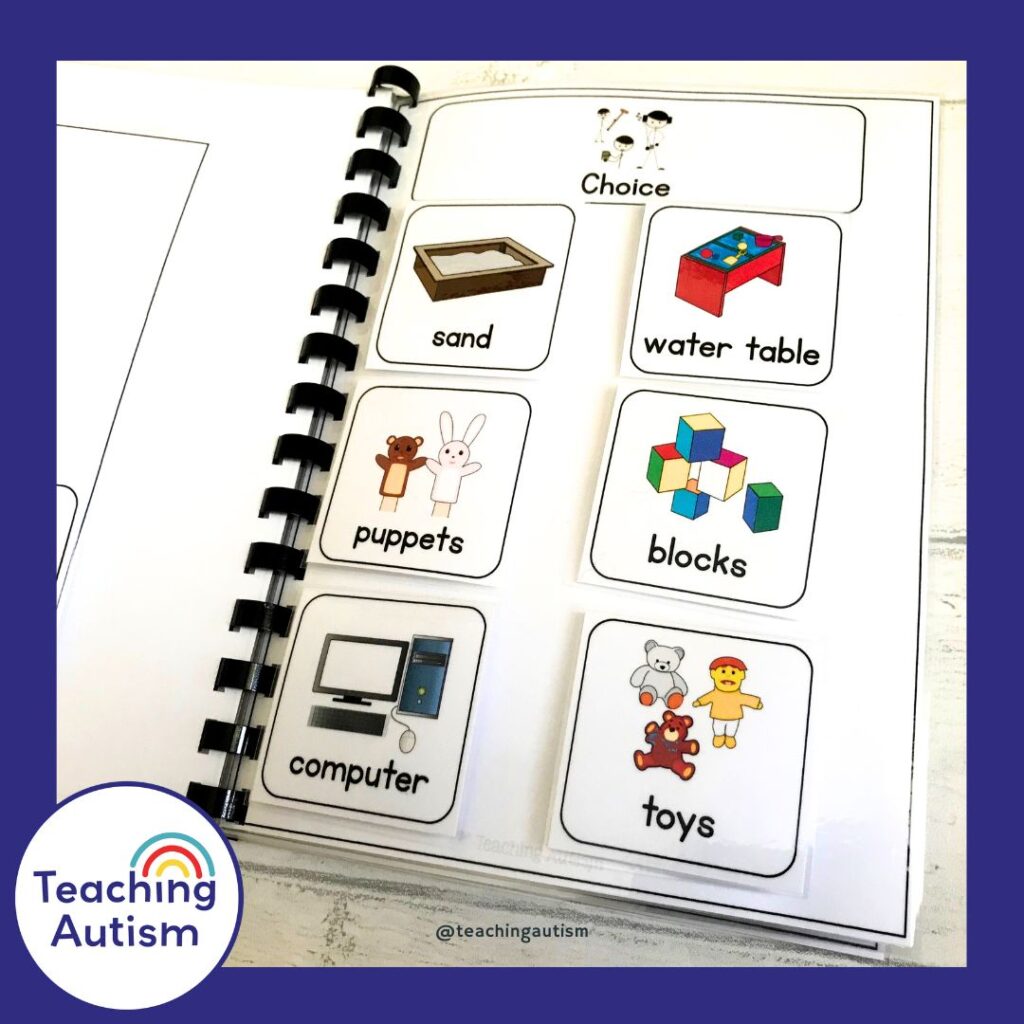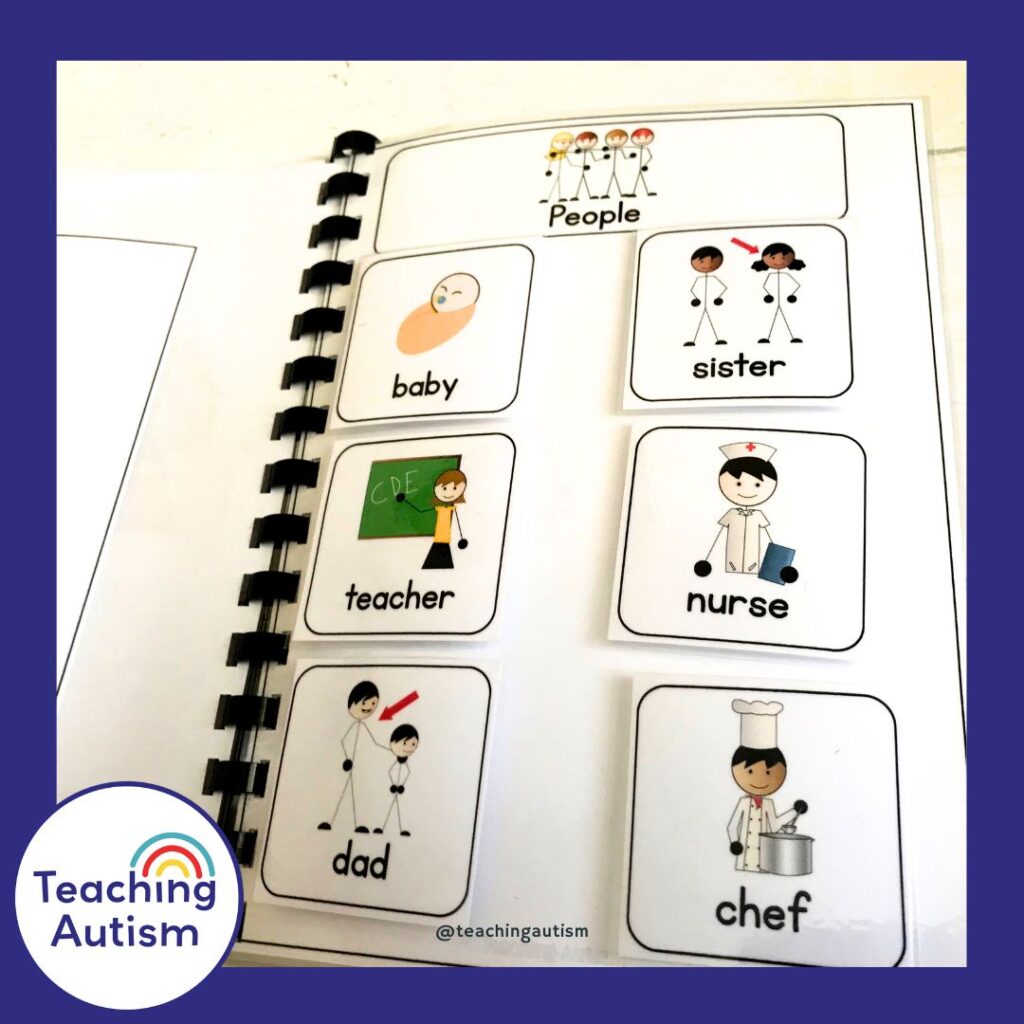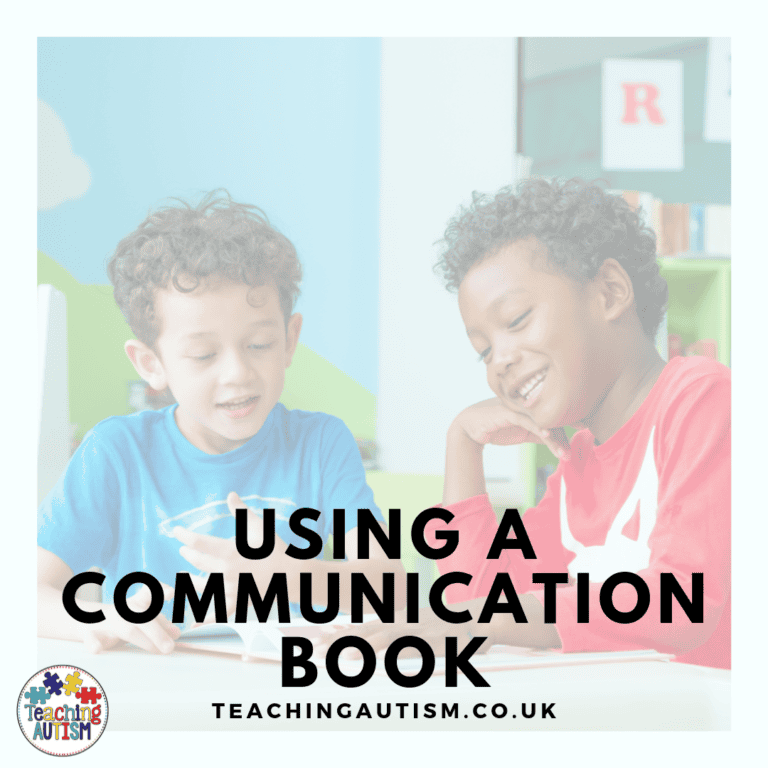How to Use a Communication Book
In this blog post today I’m sharing about how to use a communication book with your autistic students. Many of my students are currently using these communication books to communicate their needs with us in the classroom.. And their communication is becoming more successful and independent with them.
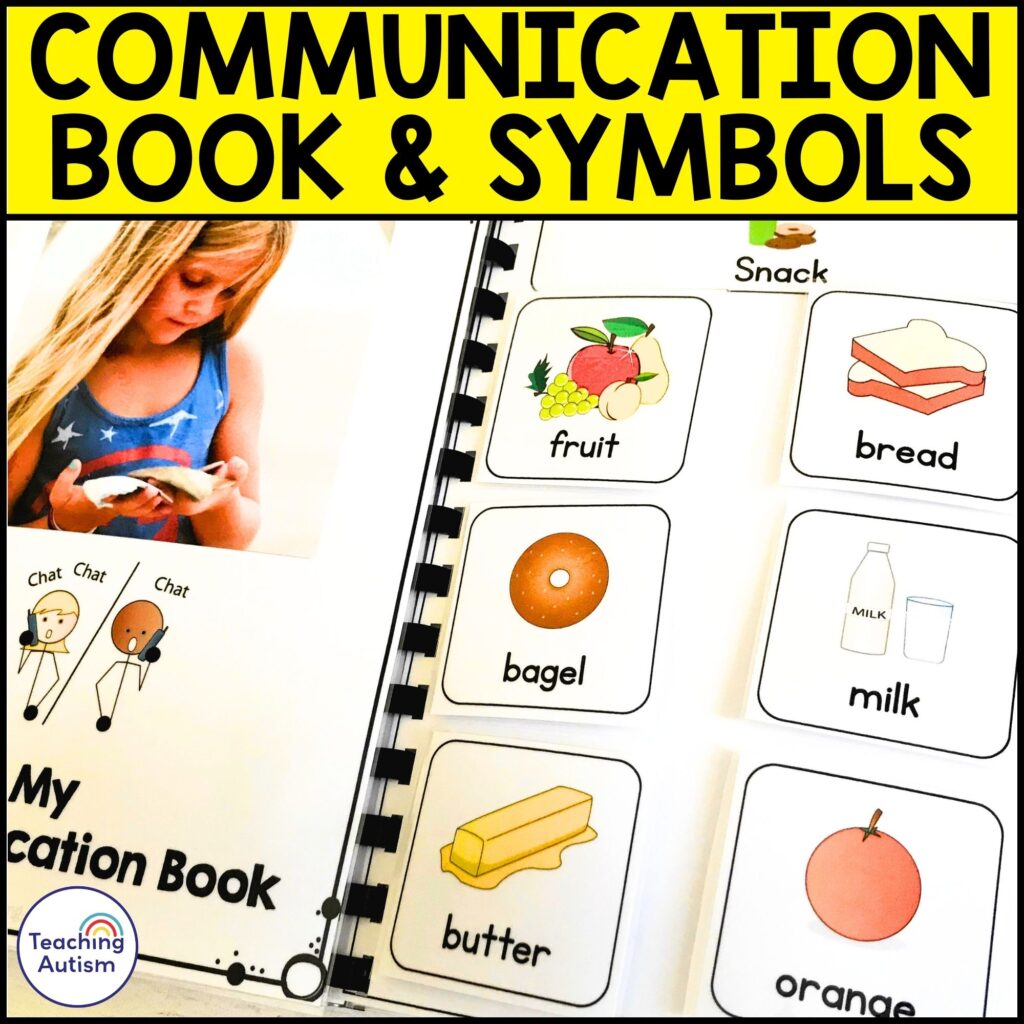
Today, I want to share with you how this communication book can be helpful for your students too. But first, I want you to indulge in some little creative imagination with me.
This blog post may contain affiliate links. This means that if you purchase an item through my affiliate link, I may receive a % of commission at no extra cost to you. This helps support me, my family and my blog to bring you great content for free!
Imagination #1
I want you to picture yourself in a new school, and you are a young student. You walk into the school, just like every other day. The teacher says something to you in a different language. When you don’t answer, they start talking quicker and saying different things. You can see on their face that they’re getting annoyed but you don’t understand what they’re saying.
What do you do? You probably start to panic or try and remove yourself from the situation. You may even shut down.
Now imagine this happening 30-40 times a day. And when you don’t give them the reply that you want, everyone gets angry.
But, what if they showed you some symbols to go with what they’re saying? For example… if they just spoke the Chinese (below) without images. You probably wouldn’t know what they’re saying. But, if they spoke those words and showed you these images too, you can probably start to work out what they want of you.
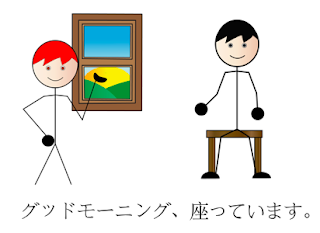
I mean, we can’t work out everything that the teacher is saying. But, we have an idea what they want from us. Can you guess what it is?
If you said ‘Good morning’ ‘Sit down’ – then you’re right. Can you see how much easier it is to understand when something is accompanied by symbol images?
Now, the full sentence actually translates to “Good morning, please come and sit down.” Do you need to know the ‘please’ ‘come’ ‘and’ meanings to understand what’s requested of you? No. Not at all. You only need to use symbols for the key words in a sentence that the individual needs to know.
So, now that you can see from an individual point of view how much more helpful symbols can be when you don’t understand the language or what someone is saying.
Imagination #2
Now, I want you to imagine yourself as the teacher and you have a non-verbal autistic student.
You sit down with the child and pass them a pen, asking them to write their name on the whiteboard. The child looks at you blankly for a short while. You repeat the question. The child still doesn’t do anything, looking at you blank. You probably are starting to feel impatient. Why aren’t they listening? Why aren’t they doing as I ask?
So, again, you repeat the question. Nothing. You get a timer and start telling the child that if they don’t complete their work they can’t have XYZ.
Stop.
Picture yourself back as that student from earlier. Who couldn’t understand what people were saying. Or what they were asking of you. Think. Are you using too much vocabulary? Or are you giving too many instructions at once? Are you talking too fast? Are you using visual supports to help them understand you?
Think of all these options through. It probably isn’t the fact that they’re purposely ignoring you. They could genuinely be having trouble understanding you.
Now, try and add symbols to go with what you’re requesting. It could be something as simple as using a ‘write’ symbol and a ‘name’ symbol. It could be ‘write’ symbol and their name written down next to it. These are all visual prompts to help the student understand what you’re asking from them.
This is where the communication book comes in…
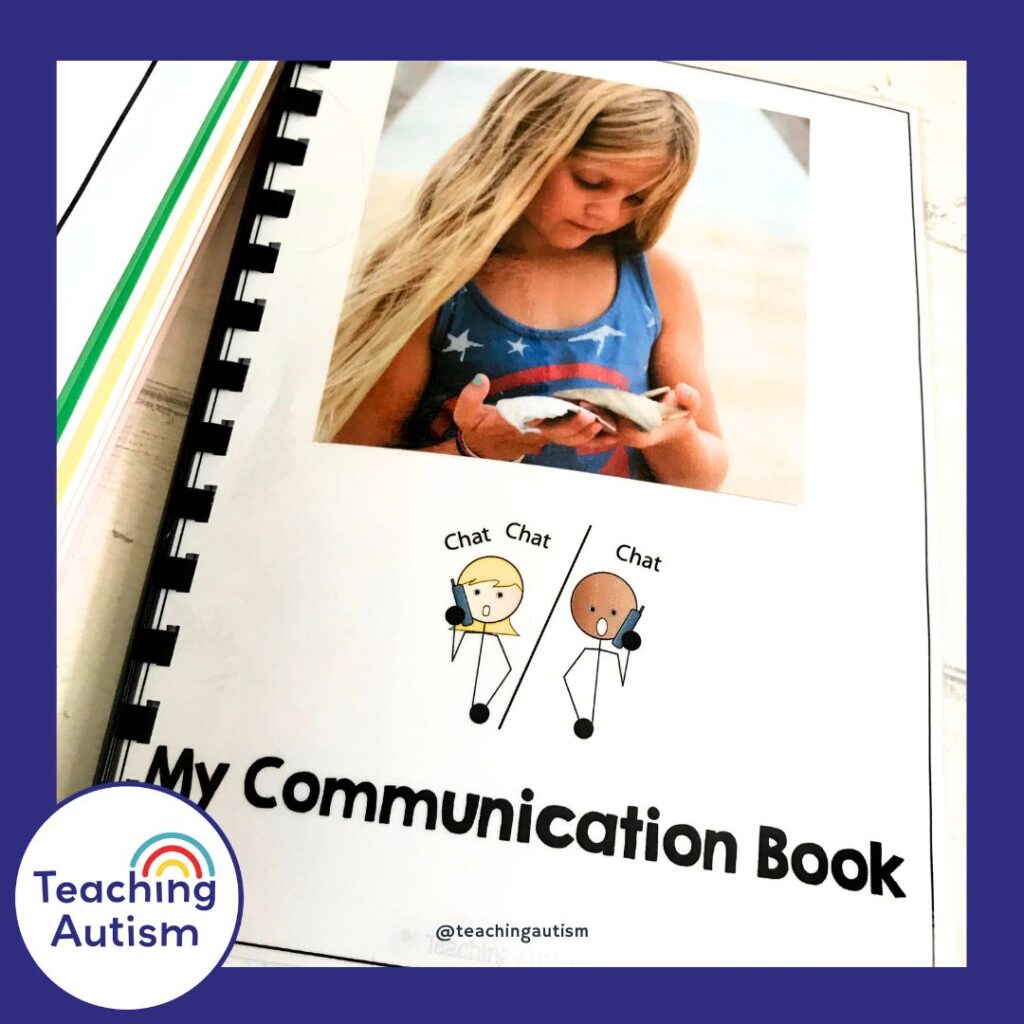
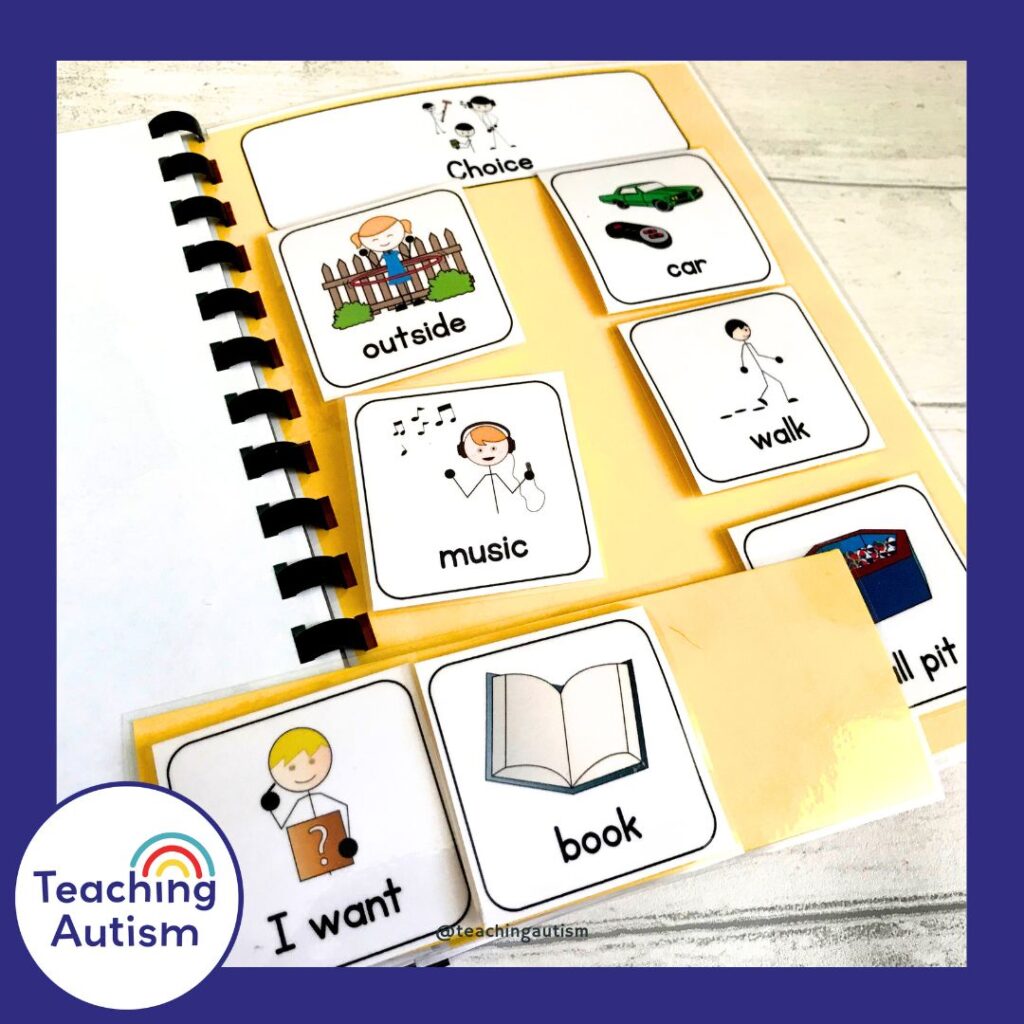
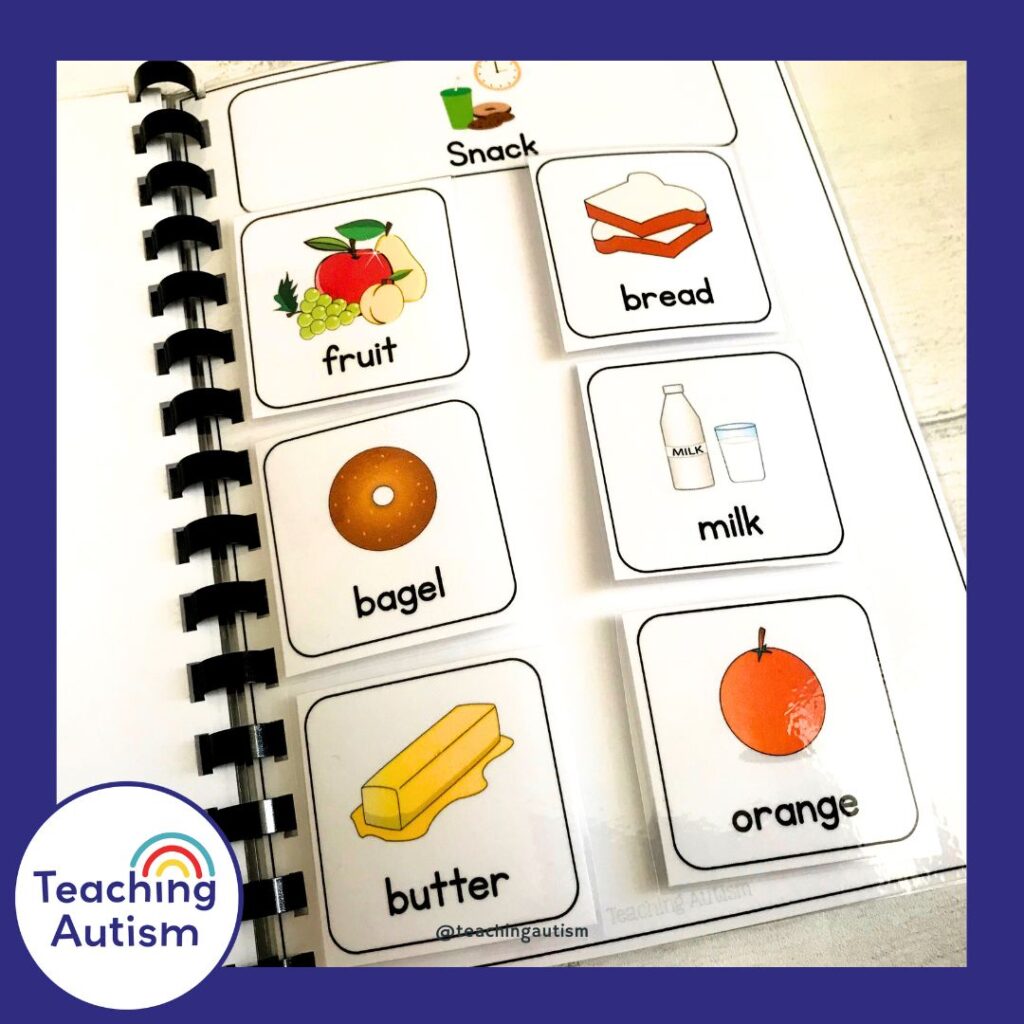
Above you can see some pictures of what my communication book looks like when it’s being used. The symbols are stuck to the pages using velcro dots. Each page is a different theme. This makes it easier for your student to find the symbol that they need.
The ‘I want’ strip is placed on the back of the page in front. When we start using these books, I have the ‘I want’ symbol on the strip ready. And then students just add their symbol onto the strip to complete the sentence.
Every day we look around for different visual prompts i.e road signs, shopping lists. These help us to go through our daily lives. Many people diagnosed with autism are thought to learn best visually. By providing this communication book you are providing your student(s) with a visual aide.
This communication book will also help your students to work on their vocabulary, language development and ability to process information. Most importantly, this resource is fantastic for promoting your students independence and life skills.
Anyone can benefit potentially from using a communication book or similar visual aide, regardless of age or ability.
Each communication book can be personalized and differentiated to suit individual needs.
It has different pages for different categories including;
- Snack
- Choice
- People
- Colors/Colours
- Numbers
You can download this communication book here.
How to Create the Communication Book
- Insert student’s photo onto the front cover.
- Print out all of the included pages, strip and symbols.
- Cut out and laminate the pages, strip and symbols.
- Use a binder to bind the pages into a book.
- Apply velcro onto the strip, pages and backs of the symbols.
Adapted Book Must-Haves
Below I’ve put together Amazon lists for my must-haves for creating books like this in my classroom. I hope you find the links helpful!
Helpful Links
You may also be interested in;
- Download this communication book.
- Using a communication book.
- Teaching social skills.
- My top 5 visuals for school.
If you found this blog post helpful please consider sharing it with your friends and colleagues on social media.
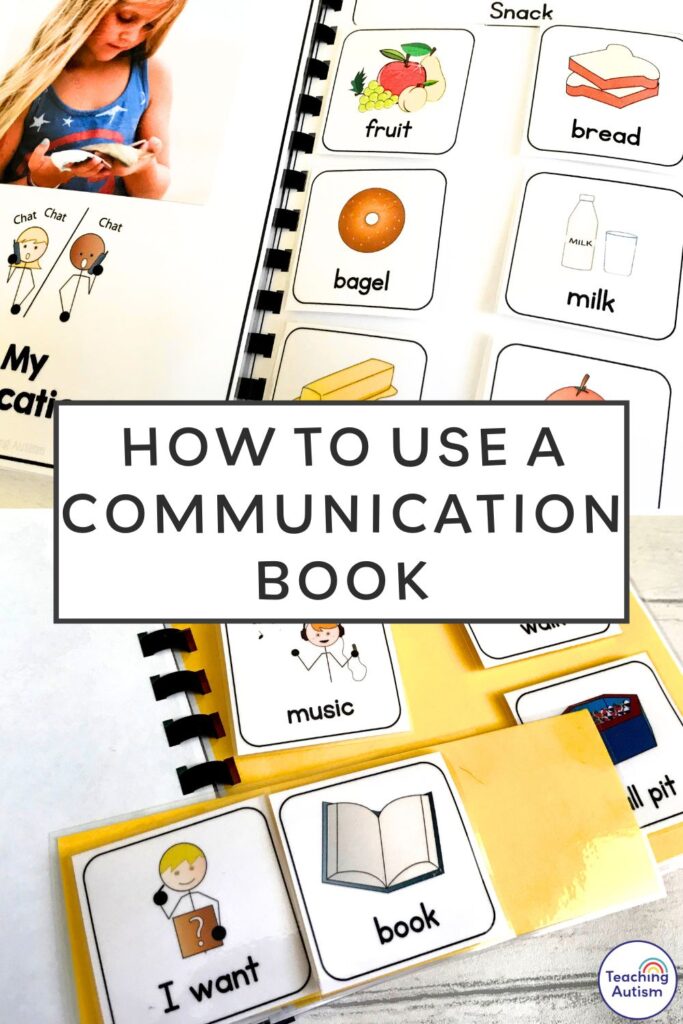
P.S. Have you signed up for my VIP membership yet? If not, head on over and sign up now. You’ll get access to hundreds and hundreds of resources, templates, crafts and more being uploaded every month!
Nikki

